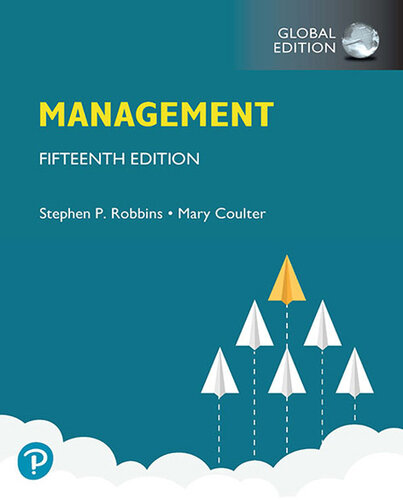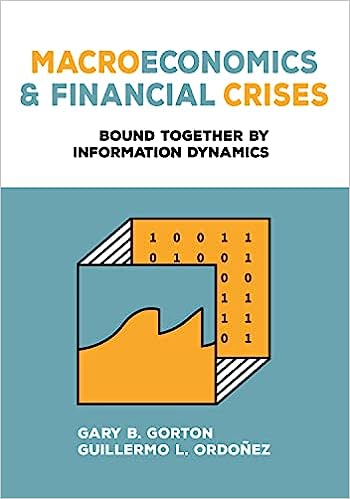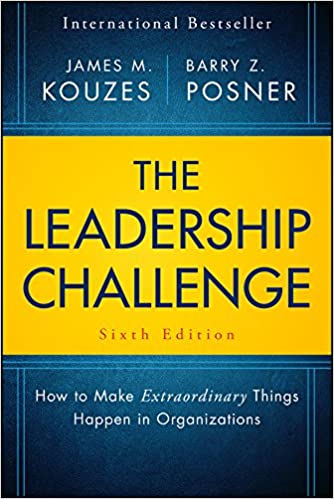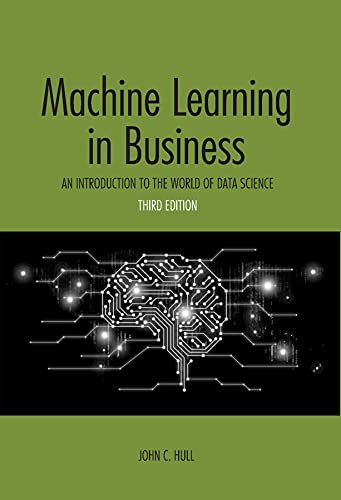موضوعات
آموزش و پرورش
ادبیات و زبان
پزشکی، دندانپزشکی و داروسازی
تاریخ و جغرافیا
داستان و رمان
دیگر
دین و فلسفه
روانشناسی
ریاضیات و آمار
سلامتی، تناسب اندام و رژیم غذایی
شیمی و پلیمر
علوم اجتماعی و حقوق
علوم زیستی و بیوتکنولوژی
فیزیک و نجوم
کامپیوتر و اینترنت
کتابهای کودکان و داستان
کسب و کار و اقتصاد
کشاورزی و دامپزشکی و غذا
معماری
مهندسی و فناوری
هنر و تئاتر
محصولات
How to Lead for Daring New Leaders: The No-Nonsense Guide to Develop Basic Leadership Skills. Discover Your Power to Be In Charge - Epub + Converted Pdf
نویسندگان: خلاصه: How to Lead for Daring New Leaders: The No-Nonsense Guide to Develop Basic Leadership Skills. Discover Your Power to Be In Charge by Paul A. WyattThe Leadership Challenge: How to Make Extraordinary Things Happen in Organizations (6th Edition) - Epub + Converted Pdf
نویسندگان: خلاصه: The Leadership Challenge: How to Make Extraordinary Things Happen in Organizations (J-B Leadership Challenge: Kouzes/Posner) 6th Edition by James M. Kouzes (Author), Barry Z. Posnerآیا کتاب مورد نظر هنوز بر روی سایت قرار نگرفته است؟ جای نگرانی نیست! کافی است بر روی گزینه سفارش کتاب کلیک کرده و درخواست خود را ثبت کنید. در کمتر از چند ساعت کتاب شما را آماده خواهیم کرد.









